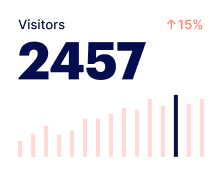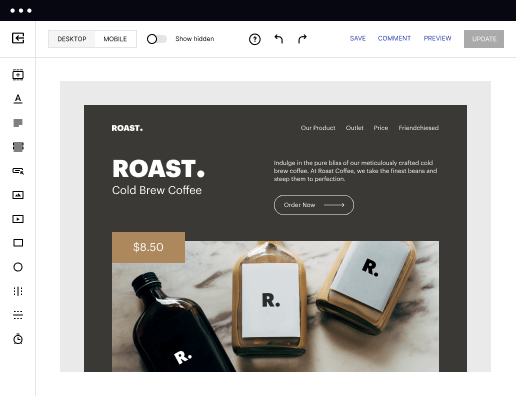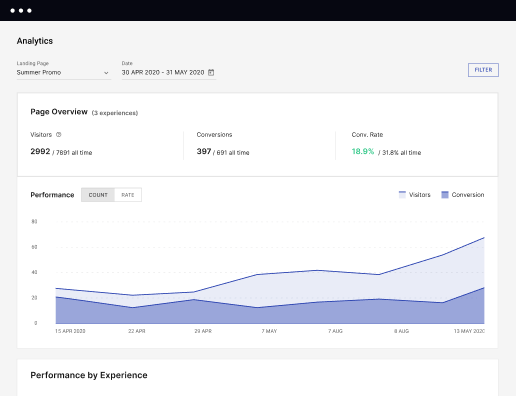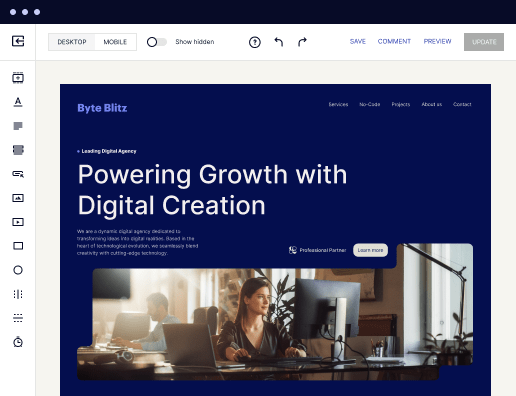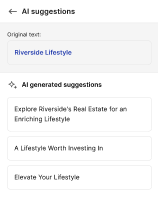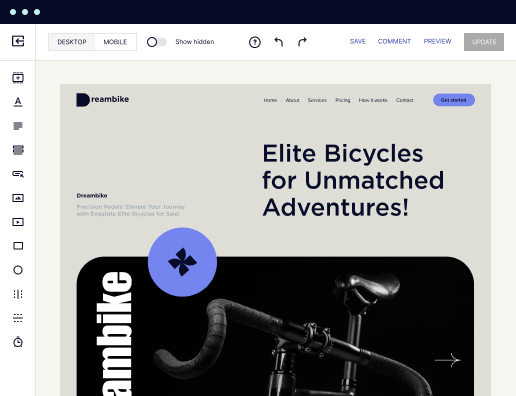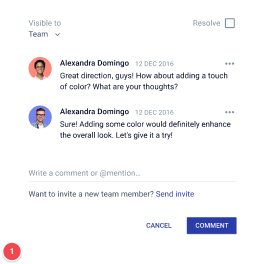Make a high-performance user dashboard page optimized for Google Chrome
Utilize Instapage to reduce costs, enhance conversions, and deliver tailored experiences in Google Chrome.
Google chrome dashboard: Your ultimate how-to guide
Building a user dashboard page in Google Chrome can significantly enhance your online marketing strategy. With Instapage, marketers can create flexible and attractive landing pages that resonate with their target audience, offering a streamlined experience that fosters higher conversion rates. Leveraging Instapage's capabilities, you can produce a dashboard that not only showcases key data but effectively engages users.
Step 1: Define your dashboard goals
Before diving into design, clarify your objectives for the user dashboard. Think about which metrics matter most to your audience. Are they looking for analytics on performance, sales trends, or customer insights? Defining your goals can guide the structure of your dashboard effectively.
- Identify key metrics: Determine what data is most critical to display, such as conversion rates or user engagement statistics.
- Set audience expectations: Understand what your specific audience is looking for in a dashboard.
- Align with marketing strategies: Ensure your dashboard supports your broader marketing goals.
Step 2: Choose the right template
Instapage offers over 100 conversion-focused layouts that can help you visualize your dashboard optimally.
- Use Instablocks for quick setups: Leverage reusable building blocks for efficient page creation, allowing you to combine different elements seamlessly.
- Select conversion-centered design: Choose templates that are optimized for higher engagement and clarity.
- Preview before publishing: Always check how your chosen template appears in real-time to avoid surprises.
Step 3: Optimize and personalize content
After setting up your dashboard, it’s paramount to optimize content dynamically for individual users. Leveraging Instapage, you can personalize your dashboard based on user behavior and preferences.
- Implement A/B testing: Use built-in experimentation features to understand what resonates best with your audience.
- Utilize dynamic text replacement: This feature can enhance user engagement by showcasing relevant content.
- Track audience behavior: Utilize heatmaps and analytics dashboards to gauge how users interact with your dashboard.
In conclusion, utilizing Instapage to create a user dashboard page in Google Chrome empowers marketers to deliver targeted insights while fostering an engaging experience.
Ready to enhance your user experience and optimize your marketing strategy? Start building your user dashboard today with Instapage and turn insights into action.
Get more out of Build your user dashboard page in Google Chrome
Improve your Quality Score with quick load technology for landing pages
Increase conversions with content that aligns with your ads and audiences
Achieve maximum ROI by scaling your marketing initiatives
Leading the way in building high-performing landing pages





Frequently asked questions about google dashboard android settings
See my google dashboard history feature in action
Ready to skyrocket conversions?
Supercharge your ad campaigns with high-performing landing pages.
Get started
